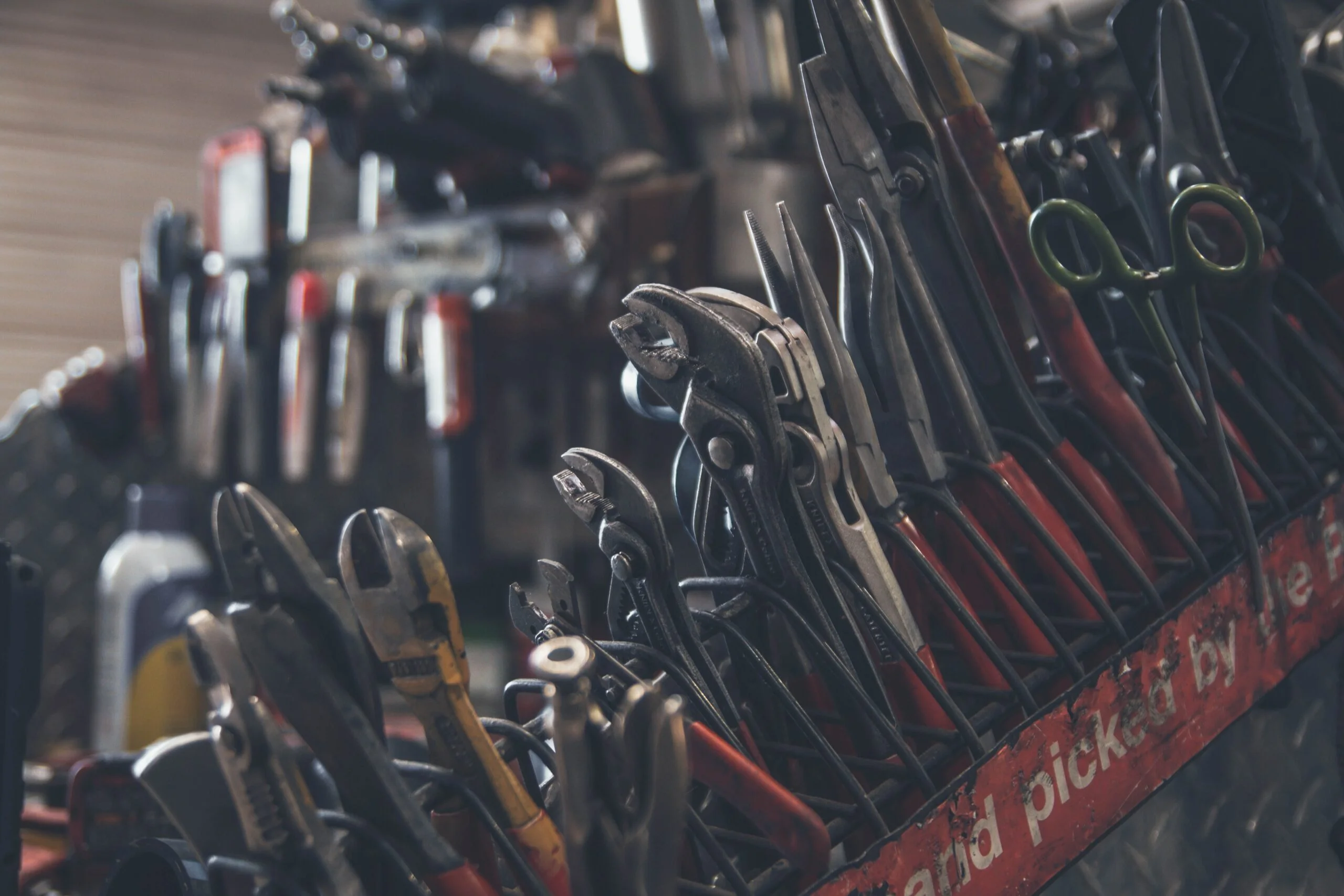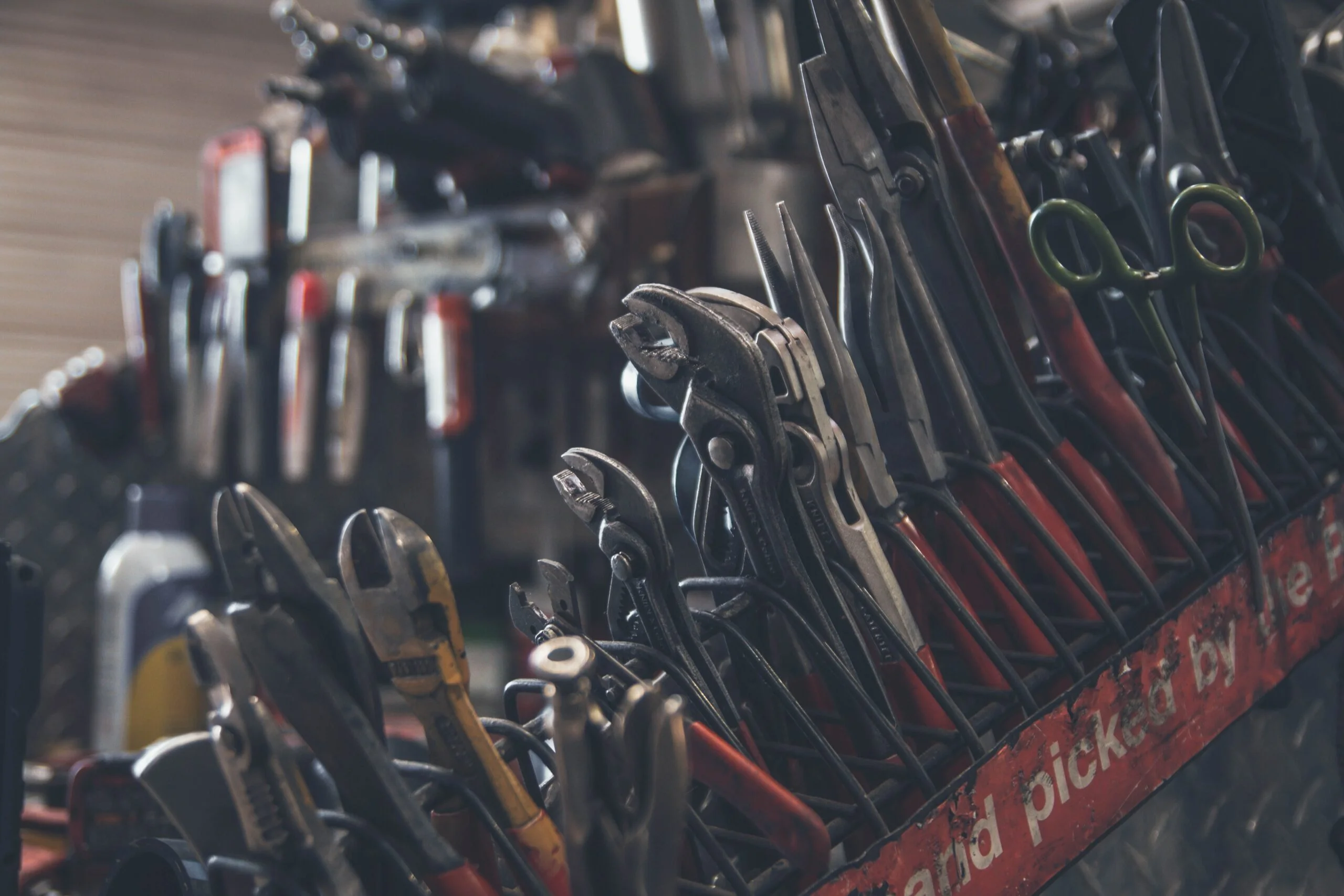When dealing with a clogged toilet, it can be tempting to reach for a quick fix like Liquid Plumber. But is this a safe and effective solution? In this comprehensive guide, we’ll explore can you use liquid plumber in a toilet, alternative methods for unclogging, and best practices for maintaining a clog-free toilet. Let’s get started.
What is Liquid Plumber?
Liquid Plumber is a chemical drain cleaner designed to dissolve clogs in sinks, tubs, and shower drains. It typically contains a combination of chemicals like sodium hydroxide and sodium hypochlorite, which break down hair, grease, soap scum, and other common drain blockages.
How Does Liquid Plumber Work?
When poured into a drain, Liquid Plumber’s chemicals react to generate heat and break down the clog. This reaction is effective in non-toilet drains where clogs are usually composed of organic materials like hair and soap. The intense chemical reaction can clear these blockages quickly and efficiently.
Can You Use Liquid Plumber in a Toilet?
The short answer is: No, you should not use Liquid Plumber in a toilet. Here’s why:
Chemical Reaction and Heat
The chemicals in Liquid Plumber generate heat, which can damage the porcelain of the toilet bowl and the PVC pipes in your plumbing system. Toilets are designed to handle water and waste, not harsh chemicals.
Effectiveness
Toilet clogs are often caused by different materials (like excess toilet paper, non-flushable items, or larger solid waste) that Liquid Plumber is not formulated to break down. Therefore, it may not be effective in resolving the issue.
Safety Concerns
Using Liquid Plumber in a toilet can create dangerous fumes and chemical splashes, posing a risk to your health and safety.
Potential Damage
The use of harsh chemicals can corrode the toilet’s wax ring, damage seals, and potentially lead to expensive repairs.
Safe Alternatives to Unclog a Toilet
Instead of using Liquid Plumber, consider these safe and effective methods to unclog your toilet:
Plunger
Ensure there’s enough water in the bowl to cover the plunger’s rubber cup. Place the plunger over the drain hole and push down gently to create a seal. Then, pump vigorously up and down without breaking the seal. Pull the plunger up sharply to break the suction and hopefully dislodge the clog.
Tips: Use a flange plunger for better results as it’s designed specifically for toilets.
Toilet Auger (Plumbing Snake)
Insert the auger’s end into the toilet bowl drain. Turn the handle clockwise to extend the cable down the drain. Once you feel resistance, twist and push the auger to break up the clog. Retract the auger and flush to see if the clog is cleared.
Tips: Augers are more effective for deeper clogs that a plunger can’t reach.
Hot Water and Dish Soap
Pour a generous amount of dish soap into the toilet bowl. Follow with a bucket of hot (but not boiling) water. Let it sit for 15-20 minutes. The soap helps lubricate the clog, and the hot water can help dissolve it.
Tips: Use this method for minor clogs caused by excess toilet paper or organic matter.
Baking Soda and Vinegar
Pour one cup of baking soda into the toilet bowl, followed by one cup of vinegar. Allow the mixture to fizz and sit for 30 minutes. Follow with a bucket of hot water.
Tips: This natural solution is good for minor clogs and won’t harm your plumbing.
Preventive Measures for Toilet Maintenance
To avoid future clogs, consider these preventive measures:
- Use Toilet Paper Sparingly: Excessive toilet paper is a common cause of clogs. Use a moderate amount and opt for toilet paper that dissolves easily.
- Avoid Flushing Non-Flushable Items: Items like wipes, feminine hygiene products, cotton balls, and dental floss should never be flushed down the toilet as they can cause serious blockages.
- Regular Maintenance: Regularly inspect your toilet and plumbing system for any signs of slow draining or partial blockages. Addressing these issues early can prevent major clogs.
- Install a Toilet Flapper Valve: A flapper valve ensures a powerful flush that can help prevent clogs by effectively clearing waste.
- Educate Household Members: Ensure everyone in your household knows what can and cannot be flushed down the toilet.
Read More: How Long Does A Copper Roof Last?
Conclusion
While the idea of using Liquid Plumber in a toilet might seem like a quick fix, it’s not a safe or effective solution. The chemicals can damage your toilet and plumbing, and they may not even resolve the clog. Instead, use safer methods like a plunger, toilet auger, or natural solutions like hot water and dish soap.


